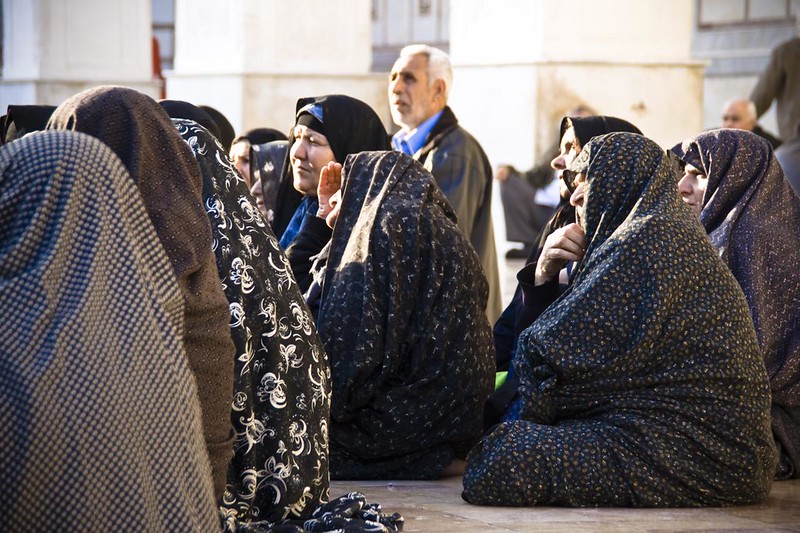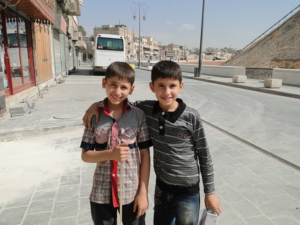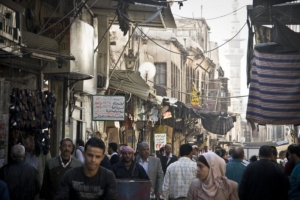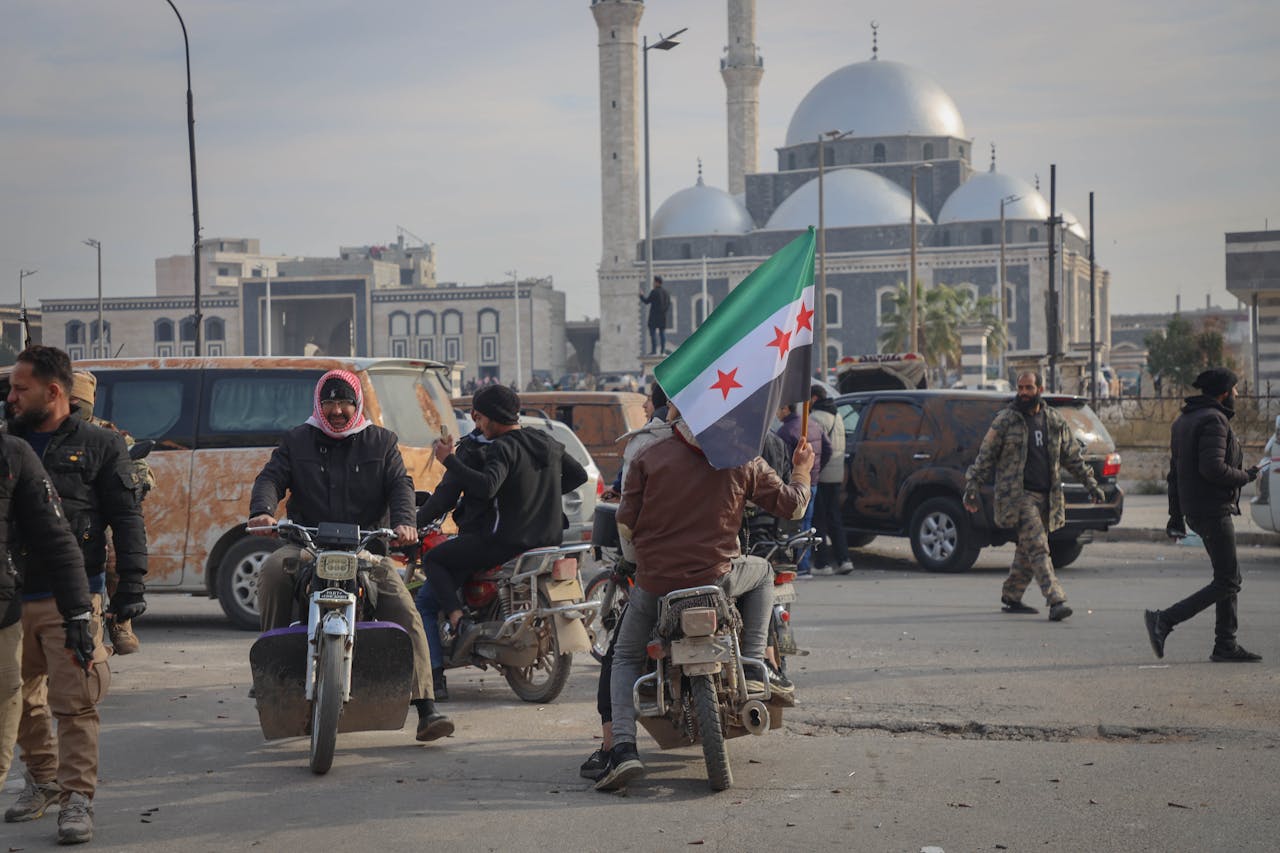 Eastern Ghouta, a region in Syria previously bombarded with attacks from Syrian Government forces, has finally become accessible for humanitarian aid and support groups following the collapse of the Assad Regime in December 2024. While there is still quite a way to go, several key organizations have proven hugely significant for the reconstruction initiatives within the area that focus not only on aid for civilians but also the surrounding infrastructure and agriculture.
Eastern Ghouta, a region in Syria previously bombarded with attacks from Syrian Government forces, has finally become accessible for humanitarian aid and support groups following the collapse of the Assad Regime in December 2024. While there is still quite a way to go, several key organizations have proven hugely significant for the reconstruction initiatives within the area that focus not only on aid for civilians but also the surrounding infrastructure and agriculture.
Syrian Civil War
The Syrian Revolution in March 2011 involved large-scale protests across the country, fuelled by popular discontent for the Assad regime. Bashar al-Assad took power in 2000 after his father, Hafez al-Assad, died, and promised to bring a new era of rule to Syria, modernizing the economy and “launching [their] own democratic experience.” However, modernization came at the cost of the well-being of the population. While he promised to move away from the “Arab socialism” that had previously defined the Ba’athist regime, favoring a market-controlled rather than state-controlled economy, it remained that it only benefited the well-connected few.
Separation and privatization to dismantle ubiquitous state rule was done through the deregulation of economic activity rather than the outright sale of public sector enterprises, causing greater instability in pricing and market values that motivated many new private investments into the economy. It was this private sector stimulation that ultimately resulted in the “mushrooming” of private sectors in Syria, such as healthcare, education and banking. State-regulated price ceilings and subsidies gradually phased out, and social stratification became increasingly prevalent as public sector employment shrunk while the cost of living rose exponentially.
Following a drought from 2006 to 2010, socioeconomic inequality hit a record high. The rural population, unable to make a living from unusable farmland, migrated to cities and caused the unemployment rate to soar further.Popular discontent was at its peak, and with the wider Arabian population partaking in the uprising Arab Spring movement, Syria too was inspired and formally began their protests in March 2011.
The Conflict
The Syrian civil war, up until the collapse of the regime, was a complicated conflict with many different sides and proxies operating on different axes that did not only focus on government supporters and opposition. However, the conflict can ultimately be broken down into three sects: the Syrian rebels (and their backers Turkey, Gulf Arab states, the US and Jordan), the Syrian Government (and their backers Russia, Iran, Hezbollah and Shia Muslim militias) and ISIS/ISIL. The rebels and Syrian Government forces fought each other, however, both sides also fought ISIS, who used the conflict to justify the expansion of their territory to create a singular caliphate state across the wider Islamic region.
Eastern Ghouta Region
At the turn of the revolution, Syrian rebel forces quickly set up strongholds in major regions across Syria, with Eastern Ghouta becoming one in November 2012. Because of its proximity to the capital city Damascus, Eastern Ghouta was a hugely geographically significant and advantageous position for the rebels and remained one of the last rebel strongholds until 2018, when Syrian Government forces reclaimed the area.
Eastern Ghouta was bombarded with numerous forms of attack throughout its time as a rebel-occupied area. In the early hours of August 21, 2013, it witnessed a chemical weapons attack, specifically a nerve agent called Sarin, that, along with Western Ghouta, resulting in 1,017 deaths, 989 of which were civilians, out of which 308 were women and 122 children.
In the final weeks before the government recaptured the region, the offensive claimed the lives of 1,473 civilians, including 301 children and 185 women. This “all-out campaign,” with the support of Russia, was the final attack that caused the stronghold to collapse, with evacuations taking place throughout March 2018 until April 12, when the Syrian Government declared the control of the area.
MSF Providing Support
Following the collapse of the Assad regime, humanitarian groups have been working relentlessly to restore the region, providing numerous grants to support the rebuilding of the necessary infrastructure. Médecins Sans Frontières (MSF) is one of the humanitarian groups that has been working particularly closely with the region since the beginning of the conflict, where initially only remote support could be provided due to being denied onsite access to the region by government forces. Following a visit in February 2025, the region “shows little signs of normalcy [and] Eastern Ghouta’s suffering is far from over” and needs urgent support now. However, the organization is making significant progress, operating mobile clinics to tend to basic healthcare needs, consultations, and mental health support and, as of February 2025, has tended to 576 patients, including 77 children under 5 years old.
MSF calls the time “a new chapter of hope” as several of its teams operate both in the Eastern Ghouta region and further afield across Syria to ensure the people gain the healthcare needed. During the Syrian Civil War, MSF originally remotely supported 20 clinics operating in the region. However, as the conflict progressed, this reduced to none either due to abandonment or former government forces taking over the area. Now that the mobile clinics have returned to operation, there seems to be a rekindled sense of life and relief to the people of Eastern Ghouta; “despite what they have seen, people are still able to smile,” said Bilal Alsarakibi, MSF’s medical adviser.
Danish Refugee Council
On the infrastructure side of the reconstruction efforts, the Danish Refugee Council (DRC) grants have proved hugely significant. The conflict caused severe physical damage, such as once fertile fields left dry and barren and water wells broken and contaminated. However, the DRC tells the story of a Syrian man named Samer who took to reviving the greenery of the region and bringing it back to its former beauty: “I want the next generation to grow surrounded by greenery, not the crisis’ leftovers.”
As part of the larger Syrian Resilience Consortium (SRC), the DRC provided grants to build water collection pools and install solar panels, allowing for both agricultural and electricity sustainable practices to take shape in the area. Furthermore, multiple donors within the DRC have supported the Multi-Purpose Cash Assistance (MPCA) program to provide financial support to families in need in the area.
Closing Remarks
While the Assad Regime may have fallen, hardship is still far from over in Syria. Such is the religious and territorial diversity in the country, appointing new leadership for the long term could inevitably cause some tension. However, with the support of humanitarian groups and foreign aid grants gradually uplifting the spirit of the people can be a success story. This is undoubtedly one of the most important objectives in Syria to ensure a community that can come together to grow from their long history of conflict and welcome a new era not only politically, but also socially and economically.
– Helena Pryce
Helena is based in Nottingham, UK and focuses on Politics for The Borgen Project.
Photo: Flickr
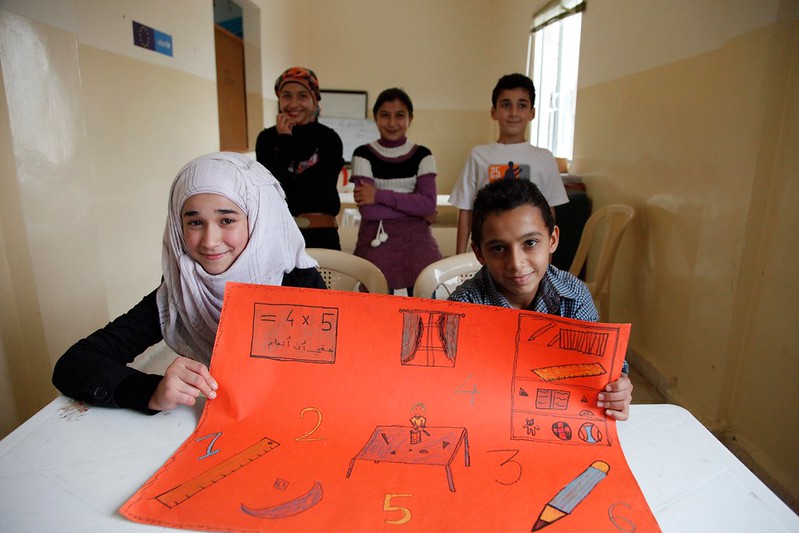 Since 2011, the Syrian Civil War has been one of the worst humanitarian crises in the world, with more than 16 million displaced civilians in dire need of assistance. Violent conflict demolished local infrastructure, further exacerbating the struggles of the Syrian population. While all livelihoods have been dismantled, one group has suffered more than the rest: children. However, this article will dive into the UNICEF education program and how it is helping to slowly rebuild the lives of youth in Syria.
Since 2011, the Syrian Civil War has been one of the worst humanitarian crises in the world, with more than 16 million displaced civilians in dire need of assistance. Violent conflict demolished local infrastructure, further exacerbating the struggles of the Syrian population. While all livelihoods have been dismantled, one group has suffered more than the rest: children. However, this article will dive into the UNICEF education program and how it is helping to slowly rebuild the lives of youth in Syria.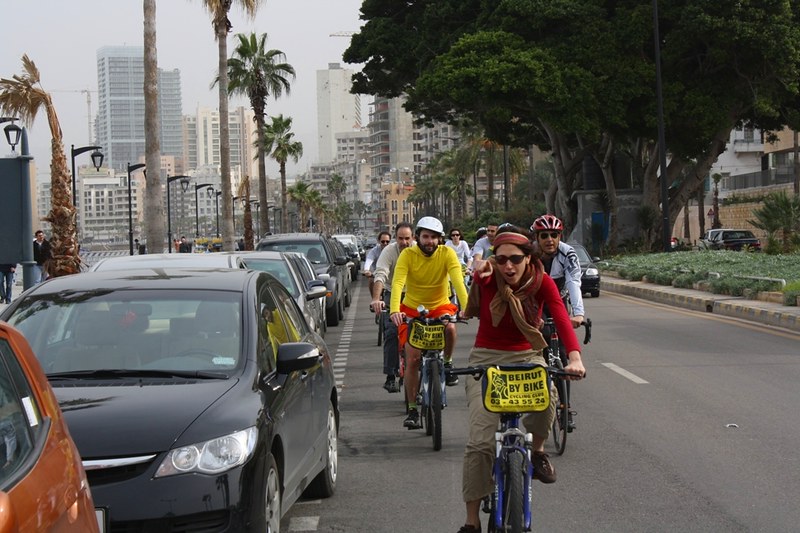 Levant startups are reimagining how innovation can emerge in crisis-prone economies. Despite widespread poverty and instability, entrepreneurs in Jordan, Lebanon, Syria, and Palestine are launching ventures that tackle problems in education, finance and basic services. These efforts are fostering grassroots economic resilience and drawing attention to a region long underestimated by global observers.
Levant startups are reimagining how innovation can emerge in crisis-prone economies. Despite widespread poverty and instability, entrepreneurs in Jordan, Lebanon, Syria, and Palestine are launching ventures that tackle problems in education, finance and basic services. These efforts are fostering grassroots economic resilience and drawing attention to a region long underestimated by global observers. Eastern Ghouta, a region in Syria previously bombarded with attacks from Syrian Government forces, has finally become accessible for humanitarian aid and support groups following the collapse of the Assad Regime in December 2024. While there is still quite a way to go, several key organizations have proven hugely significant for the reconstruction initiatives within the area that focus not only on aid for civilians but also the surrounding infrastructure and agriculture.
Eastern Ghouta, a region in Syria previously bombarded with attacks from Syrian Government forces, has finally become accessible for humanitarian aid and support groups following the collapse of the Assad Regime in December 2024. While there is still quite a way to go, several key organizations have proven hugely significant for the reconstruction initiatives within the area that focus not only on aid for civilians but also the surrounding infrastructure and agriculture. After
After 